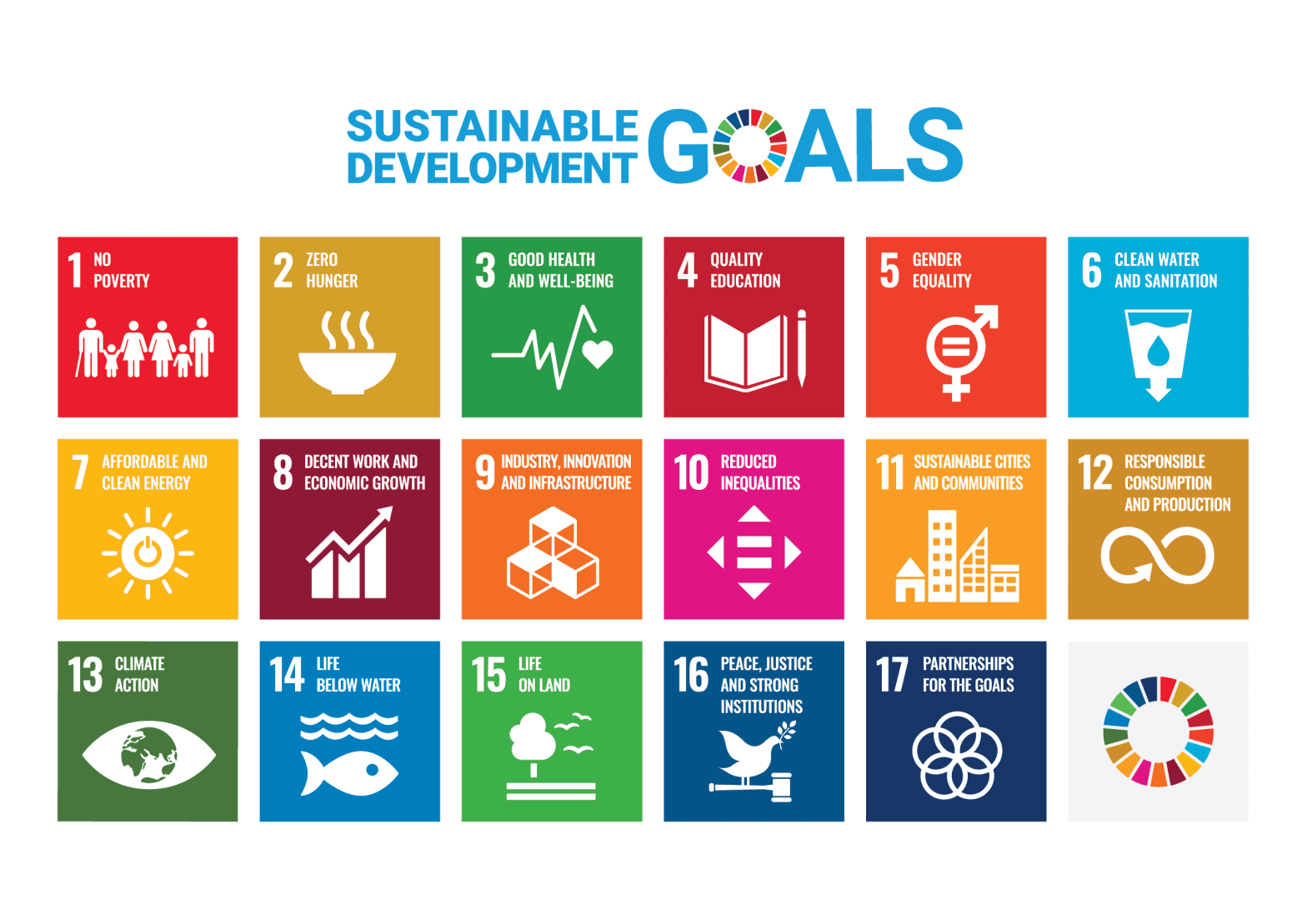The Importance of Qualitative Social Value Data
Numbers only tell half the story
Whilst there is undoubted value in capturing and reporting on the quantitative outputs of your socially impactful work, one of the biggest mistakes a company can make in its end-of-year report is to lose sight of the qualitative detail which underpins, contextualises and justifies the amazing human-level impact you have.
Whilst it is an attractive – and advisable – strategy to shout about your numeric impact, something is lost when speaking only in numbers. Reporting the successful employment of 100 previously-unemployed people is great; but is made so much greater through the capture and inclusion of those peoples’ stories. Narratives on how they’ve been helped, how the employment programme has changed their lives, what life would have been like without the intervention. Each number represents an entire story in itself, and the mistake so many companies make is to forget this.
Corporate Social Responsibility (CSR) – variously described as Social Value, Social Impact or simply Sustainability – describes a multitude of socially and environmentally-positive actions undertaken by companies, ranging from environmental sustainability and economic stability to equality and wellbeing.
Capturing and reporting on these qualitative outcomes is crucial in allowing you to comprehend the value you create.
The value of qualitative insight
There is a range of methods for quantifying social value, – including ways to monetise seemingly unquantifiable outcomes such as improvements in wellbeing or happiness. Whilst high-level stats are useful for creating standardised reporting, they fail to capture the nuance inherent within outcomes.
For example, according to HACT’s Social Value Bank, “feeling in control of one’s life” is valued at, on average, £15,894.However, in your end-of-year CSR report, stating this monetary figure can only do so much. Only reporting on this in monetary terms misses an opportunity to communicate the ‘stories’ of the beneficiaries who you have helped. Story-telling is an infinitely more powerful and compelling method of communicating ‘true’ social value, particularly when it is supported by data.
Top tip: Don’t underestimate (or forget to report on!) the impact of activities like staff retention and wellbeing.
Another area that we find many miss out in their social value capture is in relation to the positive impact that their CSR initiatives have on their own staff. Organisations often only measure the impact of staff volunteering on the beneficiaries. However, there are proven benefits to the people who do the volunteering, too – those that do it are more likely to be happier, healthier and have higher wellbeing. So it’s a great idea to capture personal testimonies from your own staff, as well as those who you are more directly helping.
Looking for some tips on how to capture and analyse Social Value data? Read here.




